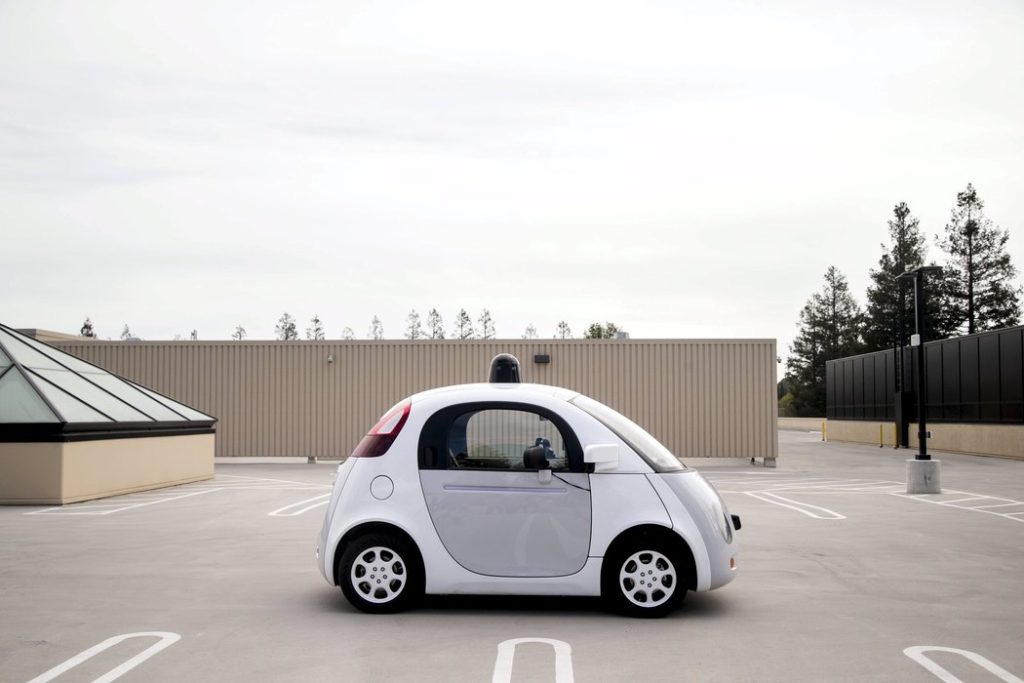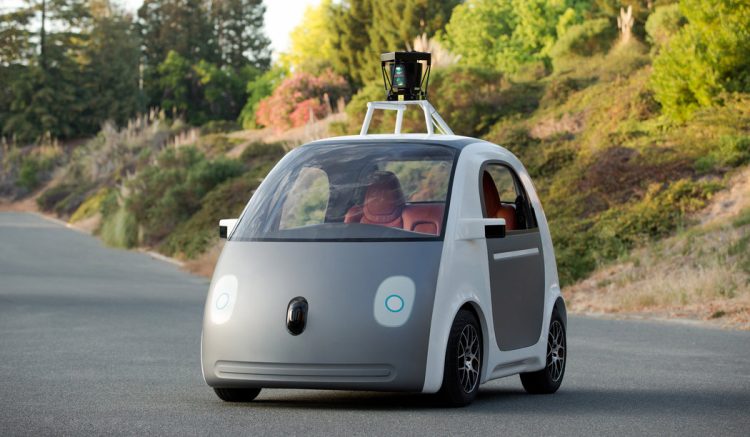Introduction:
The future of transportation is undergoing a profound transformation driven by two significant trends: the rise of shared mobility and the accelerating shift toward electric vehicles (EVs). These two trends are not only reshaping the way we move around cities but are also poised to revolutionize the very infrastructure that supports global transportation systems. Together, shared mobility—which includes services like ride-hailing, car-sharing, and bike-sharing—and electric vehicles are creating new opportunities for both urban planners and automakers to rethink transportation on a global scale.
As cities become more congested and environmentally conscious, the demand for more efficient, sustainable, and accessible transportation options has skyrocketed. Electric vehicles, with their zero emissions and lower operational costs, present a significant opportunity to reduce the carbon footprint of global transportation. Meanwhile, shared mobility services, which reduce the need for private car ownership, are helping to alleviate traffic congestion, decrease pollution, and make urban areas more accessible.
But what happens when these two trends—shared mobility and electric vehicles—come together? Could this combination catalyze a shift in how we design and manage global transportation infrastructures? And more importantly, how might it impact the urban mobility ecosystem, including public transportation, traffic flow, charging infrastructure, and even city planning?
In this article, we’ll explore how the integration of shared mobility services with electric vehicles could potentially change the landscape of global transportation infrastructure. We will examine the opportunities, challenges, and key factors that will drive this evolution in cities worldwide.
1. Shared Mobility and Electric Vehicles: A Perfect Match
A. Environmental Benefits and Sustainable Urban Mobility
Shared mobility has long been seen as an answer to many of the problems created by traditional car ownership, such as traffic congestion, air pollution, and the inefficient use of resources. By reducing the number of vehicles on the road, shared services can alleviate congestion while making transportation more affordable and efficient. However, when these services are paired with electric vehicles, the environmental benefits are exponentially increased.
- Reduced Carbon Emissions: Traditional internal combustion engine (ICE) vehicles are major contributors to air pollution and greenhouse gas emissions. The integration of electric vehicles into shared mobility fleets offers a sustainable alternative. EVs emit no tailpipe pollutants, thus significantly reducing the environmental footprint of transportation systems in urban areas. For instance, if ride-hailing fleets, which are among the most widely used shared mobility services, transition to electric vehicles, cities could see significant reductions in carbon emissions.
- Energy Efficiency and Lower Costs: Electric vehicles are not only cleaner but also more energy-efficient compared to traditional gasoline or diesel vehicles. Shared EV fleets can be more cost-effective to operate, as the cost of electricity for charging is typically lower than gasoline, and EVs have fewer moving parts, reducing maintenance expenses. This cost-saving potential could make shared electric mobility services more affordable and accessible to a wider range of consumers, further encouraging adoption.
- Decarbonizing Transportation Networks: Governments worldwide are setting ambitious targets for carbon-neutral transportation. Cities like London, Paris, and Los Angeles have already pledged to reduce emissions from their transportation sectors through clean vehicle adoption. By combining shared mobility with electric vehicles, cities could more effectively achieve these goals while promoting sustainability and reducing the urban heat island effect.
B. Improving Mobility with Shared Electric Vehicles
Shared mobility services aim to provide convenient, flexible, and affordable transportation for users. As these services shift toward electric vehicles, they can enhance the overall mobility ecosystem in several key ways:
- On-Demand and Flexible Mobility: Shared EVs, such as those used in ride-hailing, car-sharing, and micro-mobility services (like electric bikes and scooters), offer unparalleled flexibility. Consumers can access these vehicles on-demand, avoiding the need for private car ownership, which is expensive and inefficient in densely populated cities. By integrating electric vehicles into these services, cities can offer cleaner, more sustainable, and convenient transportation options.
- Better Coverage of Urban Areas: With the potential to operate in lower-density areas and provide last-mile connections, electric shared mobility services can improve transportation accessibility in neighborhoods that are underserved by traditional public transportation. As electric vehicles become more widely available and affordable, people in suburban or rural areas will benefit from a greater variety of transportation options that are more environmentally friendly than conventional vehicles.
- Seamless Integration with Public Transit: When integrated with public transportation networks, shared electric mobility services can fill the gaps in the existing transportation infrastructure, providing first- and last-mile connectivity. This integration would make it easier for passengers to transition between public transit modes (such as buses or subways) and shared electric vehicles, improving the overall efficiency of urban transportation.
2. Transforming Transportation Infrastructure: What Needs to Change?
A. The Need for Widespread Charging Infrastructure
One of the biggest challenges in integrating electric vehicles into shared mobility services is the development of adequate charging infrastructure. While electric vehicles are increasingly available, the infrastructure for charging has not kept pace with the rapid adoption of EVs, creating bottlenecks in fleet operations.
- Public and Private Charging Networks: For shared mobility services to operate efficiently, cities must invest in the widespread deployment of charging stations in strategic locations—such as city centers, parking lots, and transport hubs. A well-developed charging network will allow electric vehicles in shared fleets to remain operational without delays due to low battery levels, ensuring a seamless user experience.
- Fast-Charging Technology: The integration of fast-charging stations is crucial to improving the turnaround time for shared electric vehicles. Level 3 fast chargers—which can charge an EV to 80% in about 30 minutes—will allow shared EV fleets to stay in service for longer periods without long downtimes for charging.
- Dynamic Charging Models: Wireless charging or in-road charging technologies could further enhance the efficiency of shared electric fleets by allowing vehicles to charge while in motion or parked. This would minimize downtime and maximize fleet utilization, further reducing the operational costs of shared electric mobility services.
B. Smart Mobility and Data-Driven Infrastructure
The future of transportation infrastructure will not just be about physical infrastructure—like charging stations and roads—but also about digital infrastructure. To maximize the potential of shared electric mobility, cities will need to adopt smart mobility solutions that use data and technology to optimize urban transport.
- Integrated Mobility Platforms: A seamless experience for users of shared electric vehicles will require the integration of various modes of transportation, from ride-hailing and car-sharing to public transit and micro-mobility. Mobility-as-a-Service (MaaS) platforms can connect these services and allow users to plan, book, and pay for multi-modal trips in one app. These platforms can also incorporate real-time data to help users make better transportation choices based on traffic conditions, vehicle availability, and charging station status.
- Vehicle-to-Grid (V2G) Technology: Vehicle-to-grid technology, where electric vehicles can feed electricity back into the grid, could play a significant role in balancing energy demand, especially in urban areas with high concentrations of electric vehicles. This would provide cities with a sustainable energy solution, where shared EVs serve not only as transportation assets but also as mobile energy storage units for the grid.
- Predictive Maintenance and Fleet Optimization: By using artificial intelligence (AI) and machine learning algorithms, shared mobility companies can predict vehicle maintenance needs, ensuring that electric vehicles in their fleets are always ready for service. This technology will also help optimize fleet usage by ensuring that vehicles are placed in high-demand areas and charging stations are stocked where needed.

3. The Potential Economic Impact of Shared EV Mobility
A. Cost Reduction for Consumers and Operators
The integration of electric vehicles into shared mobility services offers significant cost-saving potential for both consumers and fleet operators. For consumers, the reduced cost of electric vehicles (compared to traditional vehicles) and the lower operational costs (such as fuel and maintenance) could make electric shared mobility an affordable and attractive option.
For fleet operators, using electric vehicles can reduce long-term costs due to their lower fuel consumption and reduced maintenance needs. The charging infrastructure may involve significant initial investment, but the operational savings and incentives (such as government subsidies for EVs) will likely offset these costs in the long term.
B. Job Creation and Economic Opportunities
The shared EV mobility market also has the potential to create new economic opportunities. As cities invest in charging infrastructure, electric vehicle manufacturing, and maintenance services, new jobs will be created in sectors like renewable energy, battery technology, and sustainable transportation. Additionally, shared mobility operators will see growth in the demand for EV fleet management, data analytics, and urban transportation planning.
4. Conclusion: A New Era for Urban Mobility
The integration of shared mobility and electric vehicles has the potential to reshape global transportation infrastructure in profound ways. By reducing the number of privately owned vehicles on the road, decreasing carbon emissions, and improving mobility through on-demand, flexible transportation options, these innovations can help create more sustainable, efficient, and equitable cities.
However, to realize the full potential of this integration, cities and automakers must work together to overcome challenges like charging infrastructure, fleet management, and data integration. The evolution of smart cities and green transportation networks will depend on the adoption of innovative technologies, the expansion of clean mobility options, and the collaboration of both public and private sectors.
As cities continue to grow and face the challenges of congestion, pollution, and climate change, shared mobility combined with electric vehicles will undoubtedly be a critical part of the solution. It’s clear that the future of transportation will be electric, shared, and smart, and this transformation has the potential to create a more sustainable and efficient world for generations to come.











































